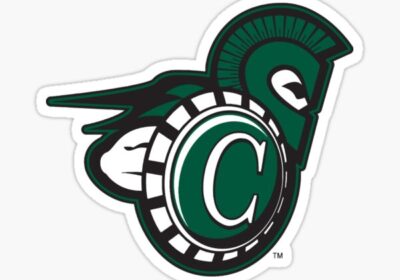Ever see a Five-Lined Skink?

Unless you study Vermont Herpetology (the study of reptiles and amphibians), it is very hard to memorize and remember all the reptile species native to the Green Mountain State. This beautiful state has 41 confirmed species of reptiles and amphibians.
The Green Mountain State houses seven species of turtles, 11 snakes, 11 salamanders, 11 frogs, and a staggering one species of Lizard; the Five-Lined Skink (also known as the Plestiodon fasciatus).
This lizard usually resides by cliffs, specifically rockslides, and areas near ledges, open woods, and territories near water.
According to the Vermont Fish and Wildlife Department, the only recorded sightings of five-lined skinks in Vermont have been in West Haven, a town west of Rutland in Rutland County.
Their limited residence may spark curiosity about this species’ survival.
Five-lined skinks consume a steady diet of grasshoppers, crickets, cockroaches, leafhoppers, beetles, beetle larvae, flies, ants, spiders, caterpillars, and many other bugs. These predation patterns contribute positively to their ecosystems by keeping insect populations in check, many of which become bothersome to humans.
When Common Five Lined Skinks are juveniles, they usually have five stripes that run down their back with a black background.
The males always have a bright blue tail, while the females lose the blue on their tail and their patterns of stripes are less visible.
The adult males tend to be brown all over and develop a red throat and even a red head when breeding, making them hard to miss to the females.
Adult males typically weigh between 5 to 9 grams and reach lengths of 13 to 21 centimeters, while the females weigh 3 to 6 grams and measure 12 to 20 centimeters.
In Vermont, The Common Five-Lined Skink has a state rank of S1. This means they are endangered. They have also been designated as a species of greatest conservation need in Vermont’s Wildlife Action Plan.
We don’t have a lot of information on Five Lined Skink populations in the state of Vermont, especially if we compare our research with other reptile and amphibian species.
As everything else has come in nature, we have risen to the top of our ecological chains. Therefore, our actions affect the wildlife around us; whether that be positively or negatively.
I hope this amazing species of lizard stays in Vermont and their numbers can bounce back. The Common Five Lined Skink is a very impressive reptile, and it should continue to have a home in the beautiful green mountains of Vermont.
If you are lucky enough to see this species or want to learn more, contact our state herpetologist, James Andrews (802) 352-4734.








